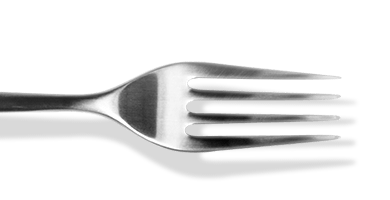Food ServiceResources


- Topics 1526
- Industrial 59
- Troubleshooting Guides 31
- Restaurant Management 140
- Bar Management 66
- Catering Tips 38
- Bakery Management 47
- Food Trucks & Concessions 47
- Advertising & Marketing 40
- Eco-Friendly Tips 12
- Facility Layout & Design 50
- Coffee Shop Tips 31
- Installation & Maintenance 59
- Janitorial & Pest Control 33
- Safety & Sanitation 108
- Startup Tips 113
- Menu Design 11
- Kitchen & Cooking Tips 103
- Hospitality Management 24
- Pizza & Sandwich Shop Tips 30
- Smallwares 40
- Food Prep 101
- Tabletop Items 19
- Disposables 26
- Calculators & Tools 8
- Consumables 70
- Warewashing & Laundry 21
- Cooking Equipment 101
- Food Storage & Refrigeration 54
- Beverage Equipment 39
- Office Supplies 5
Recently Published
Recent Blog PostsView Blogs
Restaurant ManagementView More
Restaurant Management
•Nov 26, 2024
Calculating and Reducing Restaurant Labor Costs
Restaurant Management
How Much Does It Cost to Start a Restaurant?
Aug 27, 2024
Restaurant Management
Restaurant Work Culture Explained
Mar 13, 2025
Restaurant Management
How to Reduce Food Costs In Your Restaurant
Nov 5, 2025
Restaurant Management
Overhead Cost for Small Businesses
Mar 6, 2024
Coffee Shop TipsView More
Bar ManagementView More
Eco-Friendly TipsView More
Eco-Friendly Tips
Restaurant Food Waste Solutions
Dec 4, 2025
Eco-Friendly Tips
Restaurant Composting
Nov 5, 2025
Eco-Friendly Tips
Sustainable Seafood for Restaurants
Nov 5, 2025
Eco-Friendly Tips
Water Saving Tips For Restaurants
Sep 17, 2025
Eco-Friendly Tips
Green Disposable Dinnerware Guide
Jun 19, 2025
Eco-Friendly Tips
Types of Eco-Friendly Food Packaging
May 9, 2025
Catering TipsView More
IndustrialView More
Industrial
How to Set Up a Warehouse
Aug 1, 2024
Janitorial & Pest Control
Types of Casters
Oct 8, 2025
Industrial
Generator Buying Guide
Jan 9, 2025
Cooking Equipment
How to Use a Fire Extinguisher
Apr 24, 2025
Industrial
How to Install Casters on a Work Table
Oct 15, 2025
Industrial
Emergency Supplies List For Businesses
Nov 1, 2023
Join Our Mailing List
Receive coupon codes and more right to your inbox.

